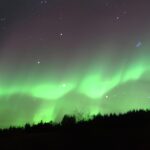Finding horse meat in Iceland to eat can be difficult outside the regular slaughtering seasons (in the fall and winter). The most common things to find are horse meat sausages and foal meat.
The Icelandic horse is, in many ways, an exceptional horse breed. It was brought over from Norway during the settlement era in the 9th and 10th centuries and has been very isolated since then.
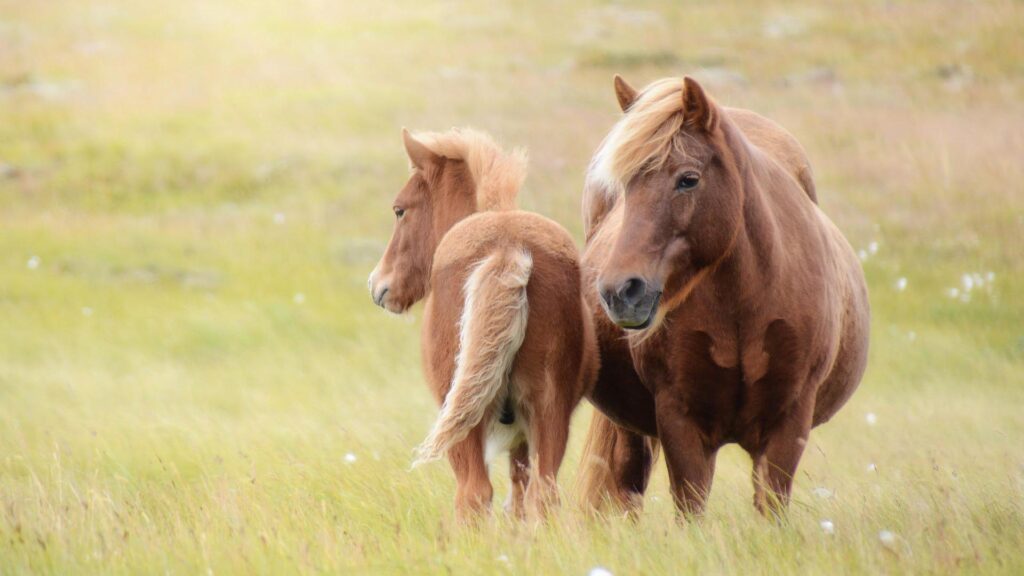
Due to that isolation, it has kept most, if not all, of its Viking Age characteristics. It is pretty small but still considered a horse instead of a pony. The reasoning for that is its capacity to carry heavy weights and hardiness.
Pagans sacrificed and ate horses; however, when Iceland became Christian, the authorities quickly banned eating horses. It took centuries for people to start eating horse meat in Iceland again, and it still isn’t common.
Breed Characteristics
The Icelandic horse today is different from all other horse breeds worldwide. Research of horse bones found in pagan graves suggests that the Icelandic horse is closely related to the Norwegian horses as it was during the Viking Age. A Norwegian breed, called Northland-horse, resembles the Icelandic horse, and it was thought likely the two breeds were related.
However, blood grouping showed that it is more closely related to the Shetland Pony than the Northland horse and the Fjord horse. It was a surprise that the Icelandic horse was that distantly related to the Fjord horse, but that could be because the latter has changed a lot since the Viking Age.
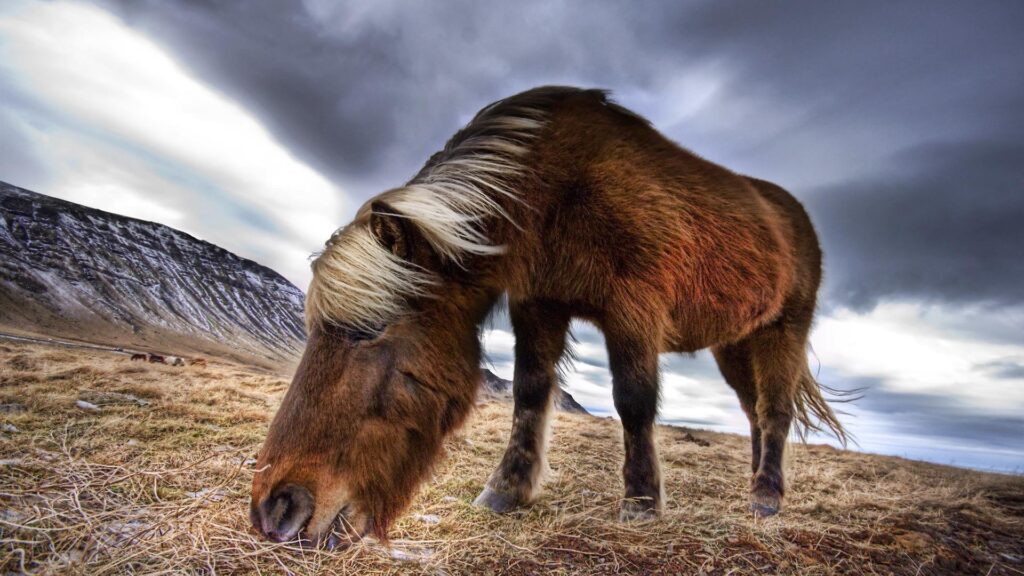
The size of the Icelandic Horse
The horse weighs between 330 and 380 kilograms (730 and 840 lb) and is, on average, 13 and 14 hands tall (52 and 56 inches / 132 and 143 cm). The Icelandic horse comes in many colors, including chestnut, dun, bay, black, grey, palomino, pinto, and roan.
The head is well-proportioned and has a straight profile and a wide forehead. The neck is short, muscular, and broad at the base. The withers broad and low; the chest deep; the shoulders muscular and slightly sloping; the back long; the croup broad, muscular, short, and slightly sloping.
The legs are strong and short, with relatively long cannon bones and short pasterns. The mane and tail are full, with coarse hair, and the tail is set low. The breed is known to be hardy and an easy keeper. The breed has a double coat developed for extra insulation in cold temperatures, making them look like plushies in the winter.
Extra Gaits of the Icelandic Horse
The horse also has two extra gaits in addition to the three gaits typical for horses.
- The walk is a slow and natural four-beat gait, where two hooves always touch the ground.
- The trot is a two-beat gait, faster than a walk. Also called a diagonal gait, the horse simultaneously lifts a hind leg and a front leg. In mid-stride has all four hooves off the ground.
- The canter/gallop is an easy, three-beat rhythm. Instead of moving directly forward, the horse “canters” slightly diagonal to one side. It is a bit strenuous, as the four hooves lift from and touch the ground in an odd-numbered sequence; two legs must simultaneously bear the entire weight.
- The tölt is a natural, fluid gait during which at least one foot is always on the ground. Foals often tölt in pastures at an early age. Its extraordinarily smooth four-beat gait allows the rider an almost bounce-free ride, even at 32 km/h or 20 mp/h.
- The flying pace is a fast, high-speed gait (48 km/h or 30 mp/h), during which both legs simultaneously touch the ground on one side of the horse. The gait is used for short distances. It can equal the speed of a full gallop and is thus primarily used for racing. It’s a two-beat gait; all four hooves are suspended from the ground at one interval.
History of the Icelandic Horse in Iceland
As previously stated, the Norse and Celtic settlers brought the horse to Iceland. Horses were essential to the pagan people as they were packhorses, used as a sacrifice to the pagan gods and a food source.
When Icelanders became Christian around 1000, they lost their religious freedom. The new Christian laws specially named three pagan customs. They forbade eating horses, cats, dogs, and foxes, carrying babies to die of exposure, and sacrificing to the Gods. If you practised anything other than Christianity, you could be exiled for three years as punishment!
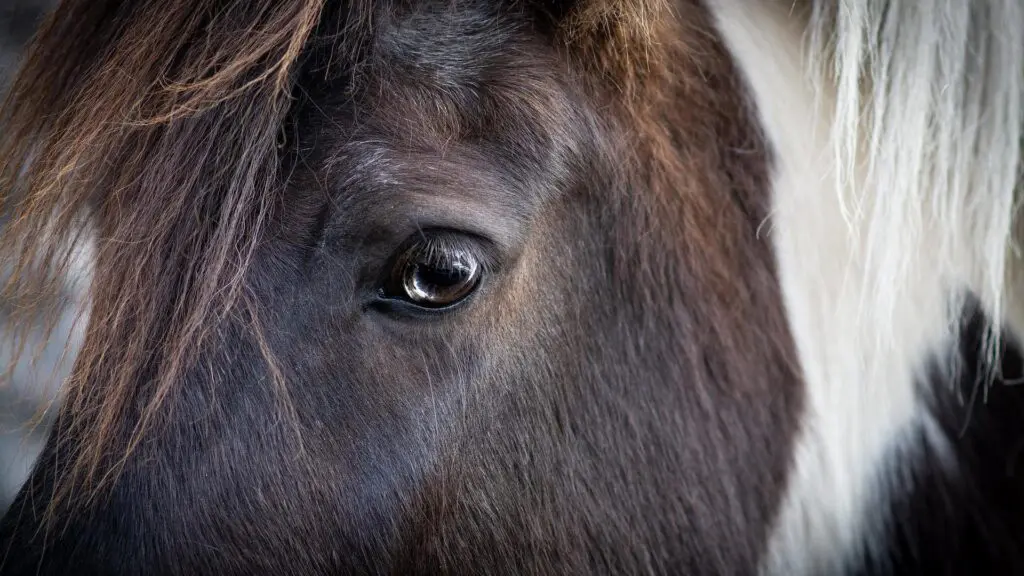
However, the authorities looked the other way for the first years as long as you practiced your paganism secretly.
Soon it became taboo to sacrifice and eat horses, and God-fearing people referenced the Bible for that. There it is stated that only cloven-hoofed animals should be eaten. However, people carried their babies out to die for centuries, possibly throughout the 19th century.
Did People Ever Eat Horses?
The ban on eating horses was initially used to differentiate between Christians and pagans. If you were found to be eating horses, you could be exiled or even burned at the stake.
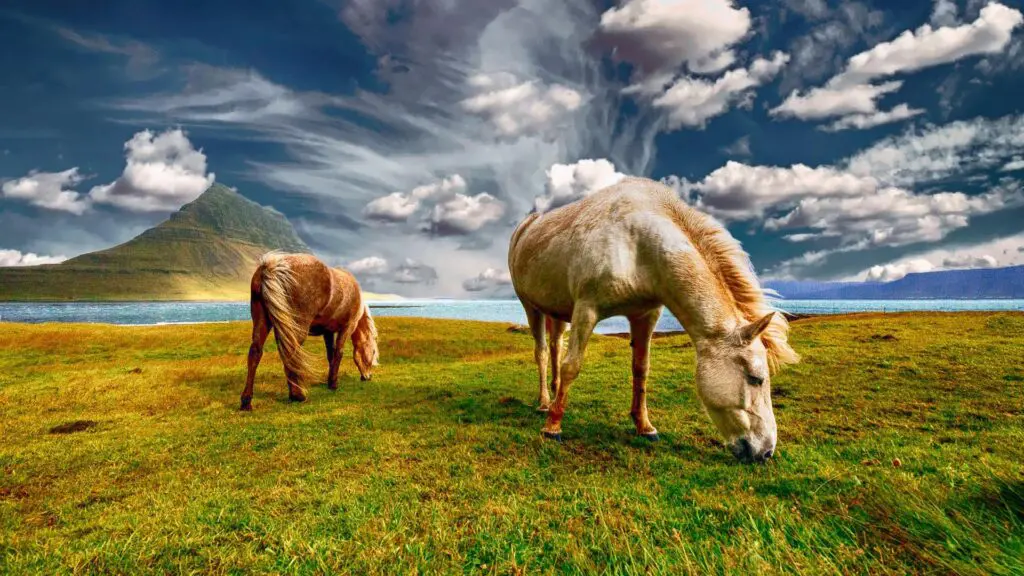
In the end, people stopped eating horse meat altogether. People’s aversion to horse meat was so great that it was frowned upon to touch or use horse slaughter without even eating it.
Due to the horse’s importance as a tool for transportation and employment, the ban took on another meaning. The Icelandic horse played an essential role in work and transport until the 20th century.
So, in short, no people did not generally eat horse meat in Iceland. As an indication of how strict the prohibition against eating horse meat was, it can be mentioned that in the 18th century, there were frequent hard times across the country. Many members of the church believed that people’s poverty and hunger were not sufficient as an excuse for consuming horse meat.
If people were found to have eaten meat, they were made to take official confessions or received an official reprimand in the congregation and, moreover, lost a place of respect in the church if they had such. Others believed you could always tell; people looked different, and their clothes stank. Even as late as 1861, being called a horse eater or horse meat eater was such an offence, as it was only suitable for trolls and outlaws.
Some People did Eat Horses instead of Starving
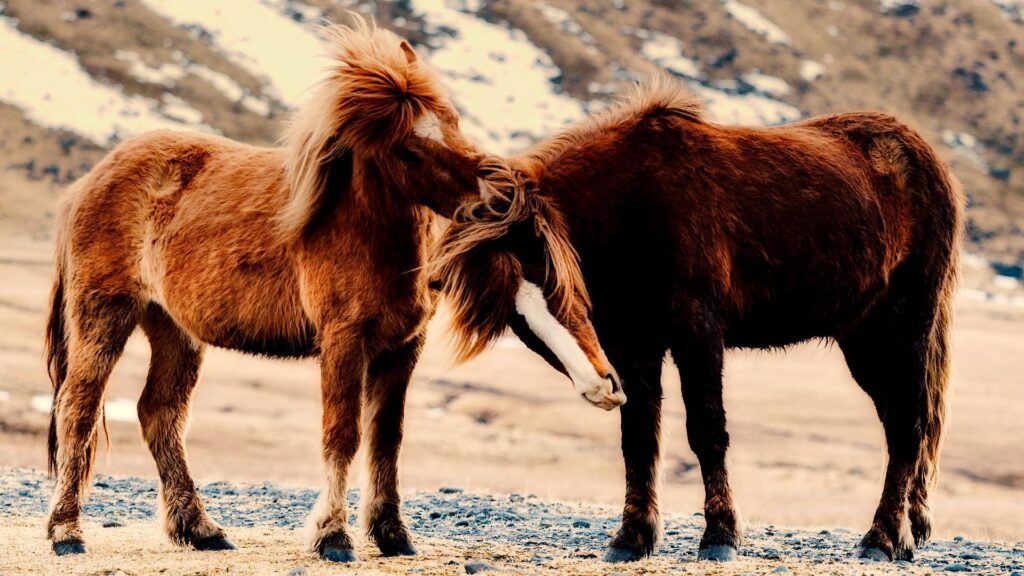
In one of the most intense periods of hardship in the 18th century, which lasted from 1754 to 1758, some citizens were forced to eat horse meat. At that time, however, an 18th-century bishop provided an example in a book he published, of the country’s consumption of horse meat, in the same breath as he talked about the increase in theft.
Despite the plight of the public, the aversion to eating horse meat was strong. Its consumption was considered a significant moral failure, and many priests of the country feared for people’s souls. They had to keep the word of God and good manners to the public, and although the need was great, eating horse meat was such a severe offence that it was not left unaddressed.
History books mention it specifically that some Icelanders still slaughtered their horses in these extreme times of hardship to eat them, to stay alive. Eating horse meat could mean your neighbors shunned you. In retrospect, it must have been better to survive the famine and be ignored rather than starving to death.
Times Were A-Changing
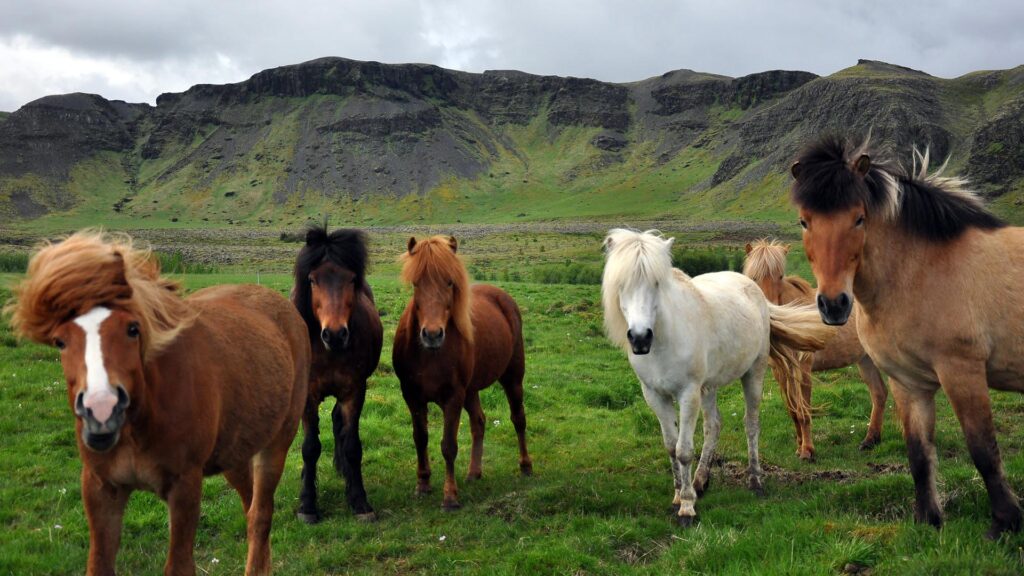
In the middle of the 18th century, religious authorities of the Danish monarchy, of which Iceland was still a part, began to show signs of relaxing the ban on the consumption of horse meat. The Church Council in Copenhagen stated in 1757 that eating horse meat in an emergency was not a crime and, therefore, not punishable.
Bishop Gísli Magnússon struck a similar chord in 1756 when he claimed in a letter that he considered eating horse meat unhealthy when unnecessary. And even if people ate horses during hardships, it did not mean that it did not contain any anti-Christianity.
Although the Church authorities had allowed eating horse meat in an emergency, the people’s opinion and indignation toward it was reason enough for people to starve instead of eating horses.
But the relaxation in Denmark meant that the upper classes started eating it, and it became gentleman’s food and thus desirable food by the turn of the 19th century. The common Icelander was slow to take up the custom even if the antipathy had decreased.
In 1808, there were once again hard times in Iceland. This time it was due to the Napoleon War, and the English had closed the channel to Iceland, so Denmark could not sail here. The Chief Judge of Iceland suggested people slaughter more horses, primarily to “stuff” prisoners and dependents. Despite everything, people still did not approve.
Horse Meat in Iceland Today
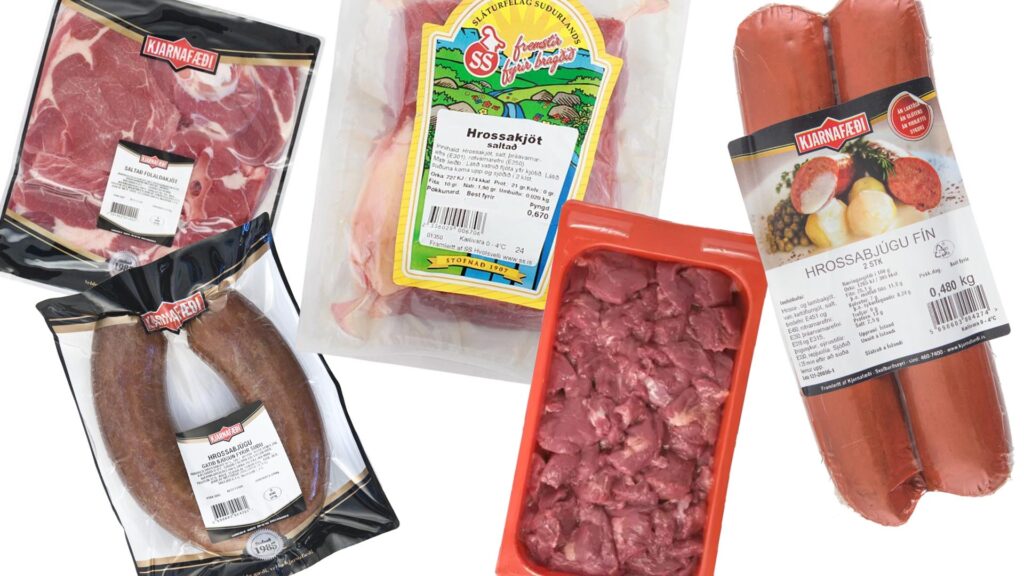
It wasn’t until the 20th century that Icelanders started eating horse meat again, but many still don’t eat it, not because of religious reasons but because they feel like it is eating your pet. The Icelandic horse does not have the same role in society today. It is, in many cases, a hobby for people, even if it is also bred for competitions, showmanship, and consumption.
Horse meat, as such, is not considered very good meat. It is used in sausages, which many love, but it is the foal meat most people enjoy eating. It is expensive and comparable to reindeer meat.
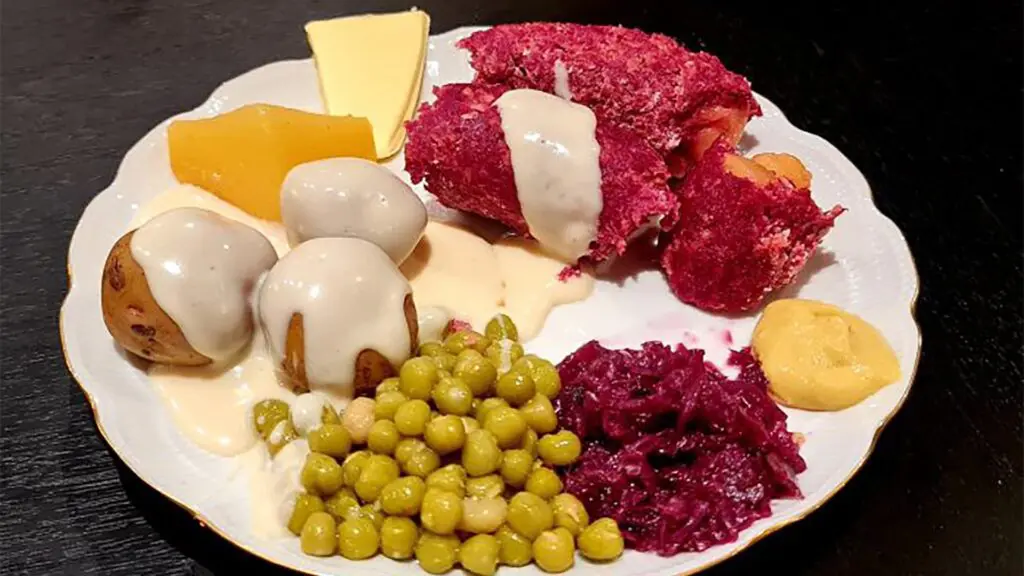
Icelandic horse meat is different from other horse meat. It has not been researched especially, but people believe it is because they are kept outside all year long and aren’t necessarily bred for consumption. The production of horse meat in Iceland has been approx. 1000 tons per year.
It is about 4% of meat production in the country. Relatively speaking, Icelanders only consume 2% of horse meat compared to other types of meat. About half of the production is exported, with the best bits sent to Switzerland and Japan. The rest is sold domestically. So, Icelanders eat only about 1.5-2 kg of horse meat yearly. Nearly every Icelander has tasted horse meat, however.
Where to Get Horse Meat in Iceland
Older horses (6 years and older) are slaughtered all year round, so it is possible to buy horse meat in most supermarkets whenever. Foals are generally slaughtered in the fall, so if you want fresh foal meat, the best time of year is between September and December each year.
If you are going to buy horse meat, make sure to grab the right package. A lot of it is salted, but it is clearly marked as “saltað” underneath the name of the meat. Hrossabjúgu or horse sausages are a bit like marmite; those who like it love it, and those who don’t hate it.
The sausages are not generally on the menus, but 3 Frakkar on Baldursgata 14 is a great restaurant to go to try various Icelandic types of meat. They generally have puffin, whale, horse and various types of fish on their menu.
Please signup HERE for our newsletter for more fun facts and information about Iceland!




